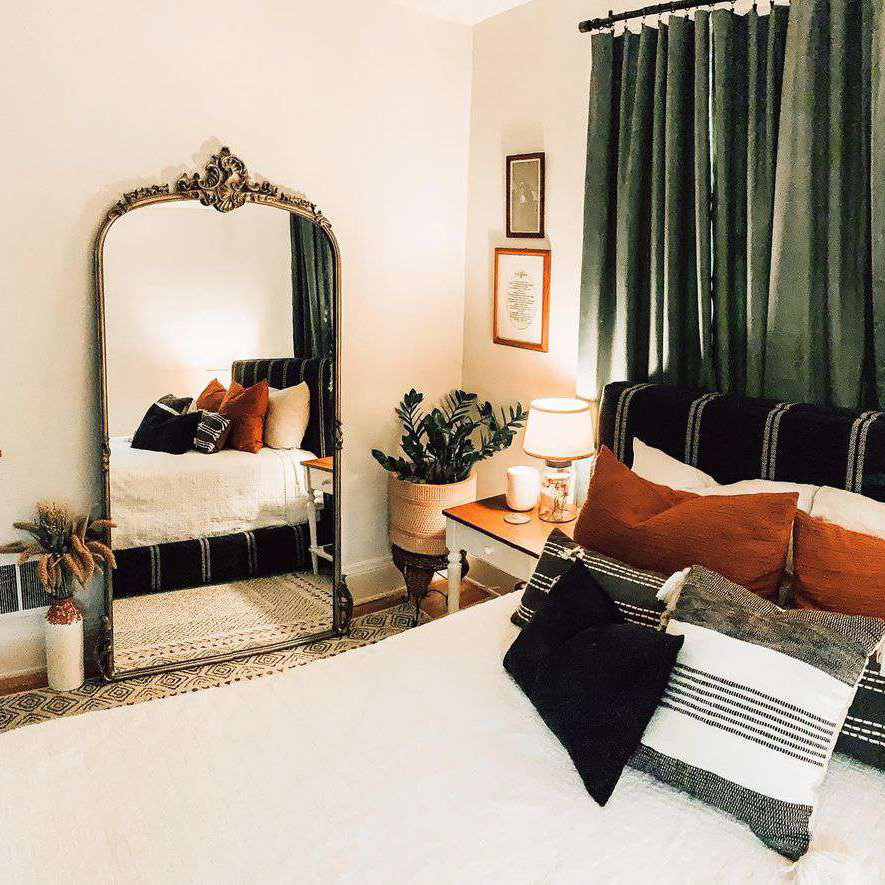Introduction
Architecture is more than just a building or structure; it is a reflection of a culture, philosophy, and lifestyle. The design theory of modern Wabi Sabi architecture is a perfect example of this dynamic interplay between architecture and culture. The term ‘Wabi Sabi’ is derived from Zen philosophy, which refers to the beauty of imperfection, simplicity, and humility. This philosophy has influenced Japanese architecture for centuries, and now modern architects around the world are incorporating Wabi Sabi principles into their projects.
The Philosophy of Wabi Sabi Architecture
At the heart of the Wabi Sabi philosophy is the recognition and embrace of the imperfection, transience, and inherent beauty of the natural world. In architecture, this is manifested through an emphasis on simplicity, modesty, and the use of natural materials that age and weather over time. Wabi Sabi architecture focuses on creating a sense of harmony and balance in the design, without resorting to intricate or flashy construction techniques.
Simplicity and Modesty
In Wabi Sabi architecture, simplicity and modesty are the key tenets of design. This means that buildings are constructed using a few materials, often with rough or unfinished surfaces, giving them a sense of organic, timeless appeal. Lines and forms are kept simple and minimalistic, without any unnecessary ornamentation or grandeur. The buildings remind us of the beauty in natural forms and materials, rather than trying to impress us with ostentatious architectural styles.
Use of Natural Materials
The use of natural materials is another fundamental element of Wabi Sabi architecture. Natural materials such as wood, stone, and clay are preferred over industrial or synthetic products. These materials age gracefully and have a unique character that only increases over time, as they absorb and reflect the natural light around them. The use of organic materials also ensures that the building is in harmony with its natural surroundings and the environment.
The Design Process of Modern Wabi Sabi Architecture
Wabi Sabi architecture is a philosophy that influences the entire design process, from conceptualization to construction. In modern times, it has inspired architects around the world to create a new form of ecological and sustainable architecture that emphasizes simplicity and sustainability.
Designing for Sustainability
The Wabi Sabi philosophy emphasizes sustainability by focusing on the use of natural materials, local resources, and reducing waste during construction. Architects who apply the principles of Wabi Sabi in their designs are committed to creating buildings that are in harmony with nature, rather than destroying it. Such designs often incorporate techniques such as passive solar energy and natural ventilation to reduce energy consumption and promote environmental sustainability.
Designing for Harmony and Balance
In Wabi Sabi architecture, harmony and balance are the goals of design. The design should reflect and enhance the natural beauty of its surroundings, and create a sense of calm and tranquility. This means that the layout, lighting, and scale of a building are all important considerations that must be carefully balanced against each other to create a harmonious and calming environment.


